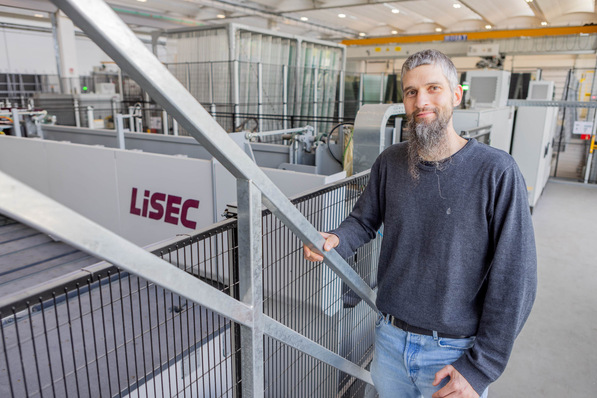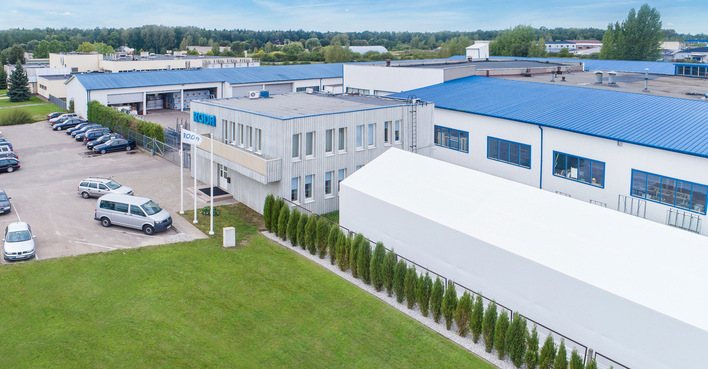Transparent, dynamic and interactive - that's how the two opposing buildings of the Columbia Business School, which were recently completed for the new Manhattanville Campus in West Harlem (NYC), present themselves.
The eleven-storey Henry R. Kravis Hall and the eight-storey David Geffen Hall house seminar, learning and lecture rooms and offices, as well as hospitality and retail.
The two buildings each enclose a spacious area at their core, which is used for meetings within the floors and user groups. In addition, a system of intersecting pathways and common areas supports the floor plans designed for flow and collaboration. Daylight, which can penetrate deep into the interior through the staggered, overlapping glass facade, was a decisive factor in the design. BGT Bischoff Glastechnik manufactured a wide range of glass for the facade.
Fine facade design with glass
Both new buildings impress with their expressive facade design. In Kravis Hall, slightly projecting, white-framed floor bands with opaque glazing enclose the volume. The recessed, clearly glazed facade surfaces provide a view of the staircase and delicate column structure as well as the events inside.
See also: BGT Bischoff Glastechnik and ASCA build record-breaking solar facade
At Geffen Hall, linear opaque surfaces trace the floor slabs, while ribbon windows with segments in varying degrees of transparency present the interior. Permeability into the surrounding neighbourhood is also achieved via the transparent ground floors with partial public use.
High-quality insulating glazing
With 12,700 square metres of insulating glazing, products from BGT Bischoff Glastechnik from the Glas Trösch Group contributed to the special character of the university buildings. BGT also supplied the individual components for the facade glass from the first floors upwards.
7600 square metres, and thus all those areas that appear opaque on the outside, were given a colour print in the form of a ceramic white colour that was baked into the surface during the tempering process.
Also interesting: Glas Trösch presents switchable insulating glass
Some of the particularly weather-resistant, printed exterior panes with a total thickness of 23.52 mm posed a technical challenge in the manufacturing process, as they received a fixed-dimension coating off-site before lamination. The remaining 5100 square metres were screen-printed at the edges. In turn, 12,700 square metres of unprinted LSG are distributed over the entire facade surface, representing the inner panes of the insulating glass units.
LEED Gold certification targeted
Design, functionality and sustainability go hand in hand in the case of the two university buildings in New York. The new buildings are aiming for LEED v3 Gold certification.
Last but not least, the choice of partially printed insulating glass units also contributes to this, as the opaque facade surfaces counteract excessive heating inside.














